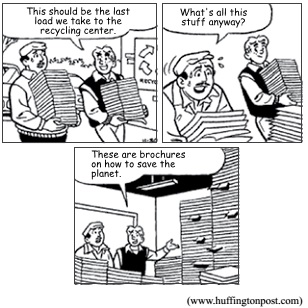Com base na segunda hipótese sobre vida em outros planetas,
entende-se que
Instrução: Leia o texto Is there life on other planets? para responder a questão.
Is there life on other planets?
Hans Bodlaender
There are many science fiction movies, television series and books about creatures from other planets. In most of these books and movies, aliens have spaceships that allow them to travel between different star systems, and on planets in these other systems, intelligent creatures live and look like people, but are different. We all know that reality is different from books. Physics tells us that strange things happen when we travel with a speed somewhat close to the speed of light – and, if modern physics is correct, it is impossible for humans to travel between star systems. If other creatures live on other planets, then they have to face the same type of problems, so it seems impossible for them to travel from their planets to ours. If there are intelligent creatures living on planets in other star systems, it seems, according to modern science, that we won’t meet them.
If there is life on other planets, how did it originate? I see three hypotheses:
1. On the other planet, life started in the same way as the evolution theory says that it started here. Apart from the fact that the evolution theory is not the well-rounded and totally scientifically proven theory that people want us to believe, in general, followers of the theory tell that the chance of life starting on a planet is rather small. A term sometimes used is: A magnificent accident. I believe the probability is even smaller than they say, too small to assume that it actually can have happened by accident, but even if you believe life on earth was such a magnificent accident, the chances that this has happened more than once are too small to assume that it may have happened.
2. Life on different planets has a common origin. Say, some very primitive form of life originated somewhere travels to another planet, developing there into an intelligent form of life. There are quite a lot of questions to be asked of such a theory, and, again, calculating the probabilities seems to make it unlikely.
3. Life on earth has been created by God. Possibly, God has also created life on other planets. If God has created life on earth, he may have created life on other planets too. As far as I can tell, the Bible does not say anything about this, so this remains possible. If there are intelligent beings on other planets, I would assume they would know God. Would they also have a fall to sin, like the humans? Would we meet them in heaven? Would there be atheists and religious extraterrestrials? We cannot know.
So, if there are extra-terrestrial intelligent beings, or, even, other types of life on planets outside our solar system, then to me, that would be a new proof of the existence of God. But I cannot understand atheists that sincerely state they follow standard evolution theory and are at the same moment on a search for intelligent life on other planets.
Finally, is there life on other planets in our solar system? Well, I guess, yes: probably on Mars, there now will be bacteria brought to the planet from earth by one of the Mars-expeditions that were recently carried out.
(http://people.cs.uu.nl/hansb/religion. Adaptado.)



